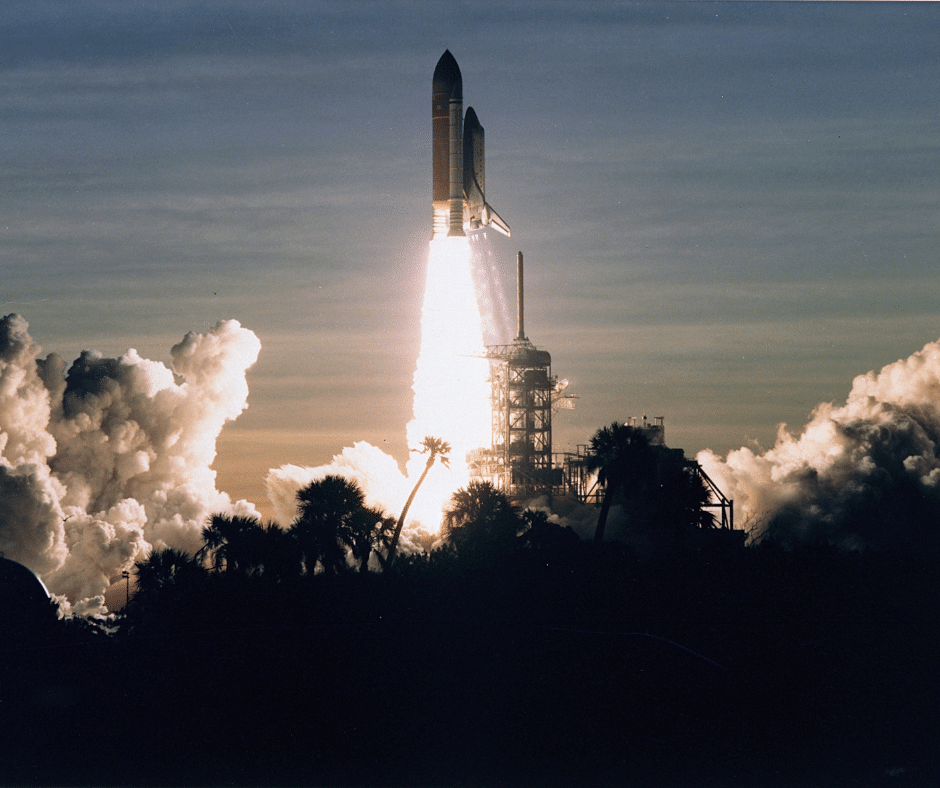When most people think of rockets, they think of space travel. But what many people don’t know is that rockets are also used for other purposes, such as launching satellites into orbit. And while there are many different factors that contribute to the success of a rocket launch, the most important one is the energy it produces. In this article, we will discuss what gives a rocket energy and how it is harnessed.
Rockets rely on a principle called “Newton’s third law of motion,” which states that for every action, there is an equal and opposite reaction. This means that when a rocket is launched, the force of the gases pushing out of the engine is matched by an equal force pushing the rocket in the other direction.

The more powerful the engine, the more force it can generate, and the faster the rocket will go. There are many different types of engines, but they all work by burning fuel to create hot gases that are then expelled through a nozzle.
The hot gases push against the inside of the nozzle and escape out the end, providing thrust that propels the rocket in the opposite direction. The amount of energy that is produced by the engine depends on how much fuel is burned and how fast it is burned.
The faster the fuel burns, the more energy is released, and the more powerful the engine will be. That’s why rockets use such high-powered engines – they need to generate a lot of energy to overcome gravity and reach escape velocity.
Once a rocket is in space, it can coast for long periods of time without using any fuel. But if it needs to change direction or speed up, the engines must be fired again to provide the necessary thrust.
Which fuel is used in rocket?
Rocket fuel is a type of propellant that is used to propel rockets into the air. There are many different types of rocket fuel, but the most common one is liquid oxygen.
Other common types of rocket fuel include kerosene, hydrazine, and hydrogen peroxide.
How Rocket Fuel Works?
The way that rocket fuel works is by burning it in an engine to create hot gases. The hot gases push against the inside of the nozzle and escape out the end, providing thrust that propels the rocket in the opposite direction.
The amount of energy that is produced by the engine depends on how much fuel is burned and how fast it is burned. The faster the fuel burns, the more energy is released, and the more powerful the engine will be.

So, what gives a rocket energy?
The answer is simple – it’s the engine. By burning fuel, an engine produces hot gases that are expelled through a nozzle to create thrust. This thrust overcomes gravity and propels the rocket into space.
And while there are many different factors that contribute to a successful launch, the most important one is the energy produced by the engine.
